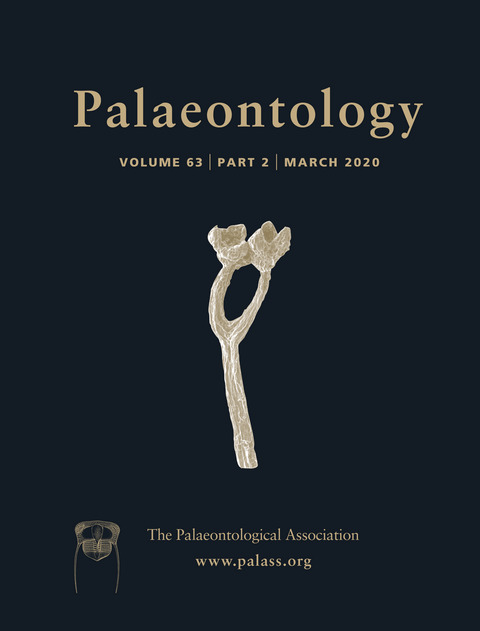Reg. Charity No. 1168330

Variation in preservation and sampling probability clouds our estimates of past biodiversity. The most extreme examples are Lagerstätten faunas and floras. Although such deposits provide a wealth of information and represent true richness better than other deposits, they can create misleading diversity peaks because of their species richness. Here, we investigate how Lagerstätten formations add to time series of vertebrate richness in the UK, Germany and China. The first two nations are associated with well‐studied fossil records and the last is a country where palaeontology has a much shorter history; all three nations include noted Lagerstätten in their fossil records. Lagerstätten provide a larger proportion of China's sampled richness than in Germany or the UK, despite comprising a smaller proportion of its fossiliferous deposits. The proportions of taxa that are unique to Lagerstätten vary through time and between countries. Further, in all regions, we find little overlap between the taxa occurring in Lagerstätten and in ‘ordinary’ formations within the same time bin, indicating that Lagerstätten preserve unusual faunas. As expected, fragile taxa make up a greater proportion of richness in Lagerstätten than the remainder of the fossil record. Surprisingly, we find that Lagerstätten account for a minority of peaks in the palaeodiversity curves of all vertebrates (18% in the UK; 36% in Germany and China), and Lagerstätten count is generally not a good overall predictor of the palaeodiversity signal. Vastly different sampling probabilities through taxa, locations and time require serious consideration when analysing palaeodiversity curves.
AcknowledgementsThis paper is based on a chapter in FMW's PhD thesis, funded by NERC doctoral training grant NE/L501554/1 and a British Geological Survey studentship to FMW. AMD was funded by a Royal Commission for the Exhibition of 1851 Research Fellowship and a Leverhulme Early Career Fellowship (ECF‐2015‐044), AMD and MJB by NERC grant NE/P013724/1, and MJB by ERC Advanced Research Grant INNOVATION. We thank Josten Starrfelt for sharing the TRiPS software and helping to implement it. We also thank editor Phil Mannion and referees Terri Cleary and Christopher Dean for their thorough and very helpful review comments. This is Paleobiology Database publication number 346.